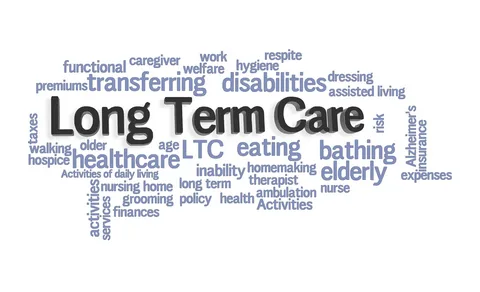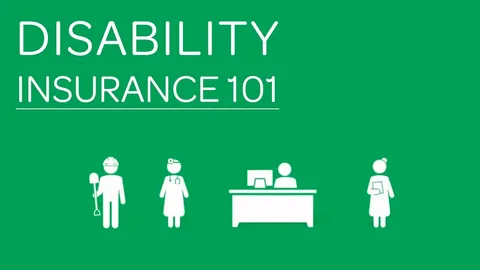Pet Insurance: Is It Right for Your Furry Friend?
As pet ownership continues to rise, many pet owners are faced with the question of whether to invest in pet insurance. The emotional bond we share with our furry friends often leads us to want the best for them, especially when it comes to their health care. This blog will explore the ins and outs of pet insurance, helping you determine if it’s the right choice for your beloved companion.
Understanding Pet Insurance
Pet insurance is designed to cover a portion of your pet’s medical expenses, allowing you to seek necessary treatment without the burden of high costs. Much like human health insurance, pet insurance can help mitigate expenses related to veterinary visits, surgeries, medications, and more. However, the specifics of coverage can vary significantly among different providers and policies.
Why Consider Pet Insurance?
- Rising Veterinary Costs: Over the past few years, veterinary care has become increasingly expensive. Treatments that were once considered routine can now cost hundreds or even thousands of dollars. Pet insurance can help offset these costs and make care more accessible.
- Unexpected Accidents and Illnesses: Pets can be prone to accidents, injuries, and illnesses that require immediate attention. Pet insurance can provide financial relief during these stressful times, allowing you to focus on your pet’s recovery instead of worrying about costs.
- Preventative Care Options: Many pet insurance plans offer coverage for routine care, including vaccinations, check-ups, and dental cleanings. This can encourage pet owners to keep up with their pet’s health maintenance, ultimately leading to a healthier and happier life.
Types of Pet Insurance Plans
When considering pet insurance, it’s essential to understand the various types of plans available:
- Accident-Only Plans: These plans cover injuries resulting from accidents but do not include coverage for illnesses. They tend to be more affordable but offer limited protection.
- Comprehensive Plans: Comprehensive pet insurance covers a wide range of medical expenses, including accidents, illnesses, and preventive care. This type of plan provides the most extensive coverage, ensuring your pet’s health needs are met.
- Wellness Plans: These plans focus on routine care, such as vaccinations and annual exams. While they may not cover unexpected accidents or illnesses, they can help with the costs of keeping your pet healthy.
Factors to Consider When Choosing a Policy
- Coverage Limits: Each pet insurance policy comes with specific coverage limits. It’s crucial to understand how much the insurance will pay per incident, per year, or over the pet’s lifetime. Ensure the limits align with your potential expenses.
- Deductibles and Co-pays: Just like human health insurance, pet insurance often includes deductibles and co-pays. A higher deductible may lower your monthly premium, but it’s essential to consider how much you can afford to pay out-of-pocket in emergencies.
- Exclusions: Read the fine print to understand what is not covered by the policy. Many insurers exclude pre-existing conditions, hereditary diseases, and certain treatments. Make sure you know what your policy entails before making a commitment.
- Waiting Periods: Most pet insurance policies include waiting periods before coverage begins. This means that if your pet requires treatment during this time, you’ll be responsible for the costs. It’s essential to choose a policy with a short waiting period, especially for conditions that may arise unexpectedly.
The Cost of Pet Insurance
The cost of pet insurance varies widely based on factors such as your pet’s age, breed, location, and the type of coverage you choose. On average, monthly premiums can range from $20 to $100 or more. While it may seem like an added expense, consider the potential costs of veterinary care without insurance. A single emergency visit can quickly exceed the cost of several months’ worth of premiums.
When to Get Pet Insurance
The best time to purchase pet insurance is when your pet is young and healthy. Many insurers have age limits for coverage, and premiums tend to increase as pets age. Waiting until your pet is older or has developed health issues can lead to higher costs or denial of coverage for pre-existing conditions. By securing a policy early, you can lock in lower rates and ensure your pet is protected from the start.
The Role of Your Vet in the Decision
Your veterinarian can be an invaluable resource when considering pet insurance. They can provide insights into common health issues for your pet’s breed, estimate potential future medical expenses, and recommend reputable insurance providers. Additionally, they can help you understand the importance of regular check-ups and preventive care, which can be covered by your insurance.
Pet Insurance vs. Self-Funding
One alternative to pet insurance is self-funding, where you set aside money for potential veterinary expenses. While this approach can work for some, it may not provide the same level of security as insurance. Medical emergencies can be unpredictable, and having a dedicated fund may not always be sufficient to cover unexpected costs.
Common Misconceptions About Pet Insurance
- “My pet is healthy, so I don’t need insurance.” While a healthy pet may not seem like a candidate for insurance, unexpected accidents and illnesses can occur at any time. Insurance can provide peace of mind knowing you’re prepared for the unexpected.
- “Pet insurance is too expensive.” While the monthly premiums can vary, consider the long-term savings of having insurance in place. The cost of a single surgery or treatment could far exceed the cumulative premiums over several years.
- “All pet insurance is the same.” Policies differ significantly among providers, and it’s essential to compare coverage, limits, and costs to find the best option for your needs.
Making the Right Choice for Your Pet
Deciding whether to invest in pet insurance requires careful consideration of your pet’s health, lifestyle, and your financial situation. Assess your ability to cover unexpected veterinary costs and weigh the pros and cons of different policies. By doing thorough research and understanding your options, you can make an informed decision that best supports your furry friend’s health.
Conclusion: The Future of Pet Care
In an increasingly unpredictable world, pet insurance offers a safety net for your beloved companion. It can provide reassurance that your pet will receive the best care possible without causing financial strain. As you consider the future of your pet’s health, remember that investing in pet insurance can be one of the best decisions you make for your furry family member.










loved reading this.
great prespective..
In the event of a major surgery or serious medical treatment, the CMCM covers any uncovered costs for admission to a day hospital or aftercare facility. In the absence of a major surgery or serious medical treatment
it was a nice …